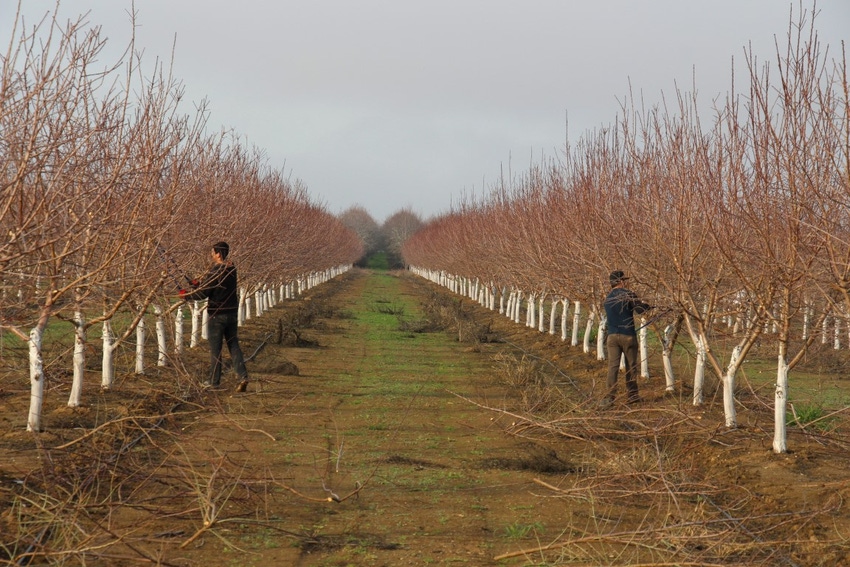December 27, 2017

(Commentary)
As far back as anybody has gone the practice of creating and using half-burned wood called biochar to foster plant growth has been recognized. With increasing amounts of pruned wood available plus millions of dead forest logs a modern revival may be at hand.
Biochar was soundly and enthusiastically discussed at a recent meeting of orchardists and plant growth experts at the Kearney Agricultural Research Center at Parlier, Calif. The primary unanswered question was how the practice can be applied at a scale large enough to make it profitable for producers and practical for users.
It is being produced now in large retorts where scrap wood undergoes a controlled burning process. It emerges resembling charcoal with properties proven to be beneficial to plant life when crumbled and buried in orchard, vineyard, row crop, or field crop sites.
One reason for the attention biochar is commanding is the mountain of tree and vine prunings produced every year in California and the tightened restrictions for burning these in the open. Some are being ground up and returned to the area where plants are grown, notably orchards, but decomposition on the surface can be slow and incomplete.
Add to this the astounding number of dead trees in the state’s forests and the need to remove them to maintain forest health and disposal by biochar takes on widened appeal.
Adherents of the biochar process like to demonstrate its ability to reduce chopped green plant materials, often weeds or unwanted grasses, into a vitamin-rich plant nutrient material. The process requires months to occur naturally. This and challenges for packaging and distributing it have prevented its widespread product development.
The recent discussion of the biochar process at Kearney seemed to accentuate all of its advantages, but stopped short of resolving its large-scale production issues, plus distribution and application challenges.
Ovens or retorts to contain the partial burning can be found or built in all sizes and shapes. Huge units are in use for commercial production, but smaller on-farm ovens are either available or creatable. Controls must be part of any sized oven to prevent over burning and allow cooling.
Observing, consulting, and researching the continuing efforts to create and utilize biochar is Milton McGiffen, research biologist at the University of California, Riverside. He is intrigued by its dual promise of eliminating unwanted wood materials and its offer of nutritional support for plants of all kinds.
“Everybody knows biochar improves soil health,” McGiffen said, “but the NRCS (National Resources Conservation Service - NRCS) won’t approve it. They refer to it as a “newer” practice. It is as good as any alternate means.”
He points out that in China sewage solids are being converted to biochar by partial burning, achieving disposal, and soil improvement requirements in one process.
For biochar enthusiasts, California represents a major opportunity. Its wide variety of crops can both create the raw materials required and apply the processed version in huge quantities. For this to happen, production and distribution facilities must developed, and a number of people be convinced of the material’s value.
Smaller, less expansive production and application of the material continues in a number of high production agricultural settings. While California leads the way in many aspects of agricultural production, it can be a cautious giant; in this case slow to warm to the benefits of half-baked wood.
About the Author(s)
You May Also Like




